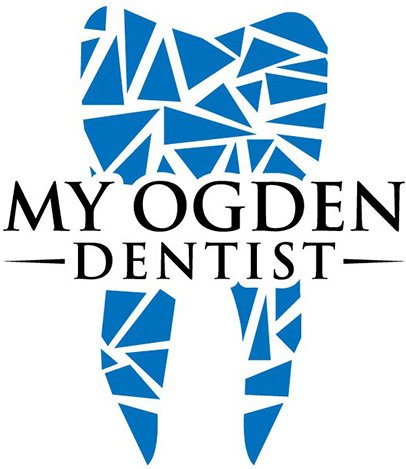What Is Periodontal Disease?
Periodontal disease is an infection of the gums, typically caused by neglectful brushing and flossing habits. Mild periodontal disease is known as gingivitis and includes symptoms such as red, swollen, or bleeding gums. Severe periodontal disease is called periodontitis, which can lead to painful chewing and even tooth loss.
Causes
Our mouths are constantly producing bacteria. When you eat, these bacteria chemically react to the sugars and carbohydrates in your food and create a sticky, colorless substance called plaque that sticks to teeth. Plaque can be removed with brushing and flossing. If it is not removed, it hardens and forms tartar, also known as calculus. The only way to remove tartar is through a professional dental cleaning by a dentist or dental hygienist. Tartar, if not removed, can begin to form periodontal disease.
There are some factors that can increase your risk of developing periodontal disease, including:
Smoking
Poor dental hygiene
Underlying immuno-deficiencies
Diabetes
Stress
Hormonal changes, like pregnancy or the use of oral contraceptives
Symptoms
The following are symptoms of periodontal disease:
Tender or swollen gums
Red or bleeding gums
Bad breath or a bad taste in the mouth that won’t go away
Sensitive teeth
Loose teeth
Receding gums
Pain when chewing
Prevention and Treatment
You can prevent and treat periodontal disease by brushing twice every day with fluoride toothpaste and flossing once a day to remove plaque. Also, visit your dentist twice a year for a checkup and professional teeth cleaning. If you smoke cigarettes, consider quitting; this habit can drastically slow down the progress of treatment.
For more information about periodontal disease, call or stop by My Ogden Dentist; we will be happy to answer your questions!

